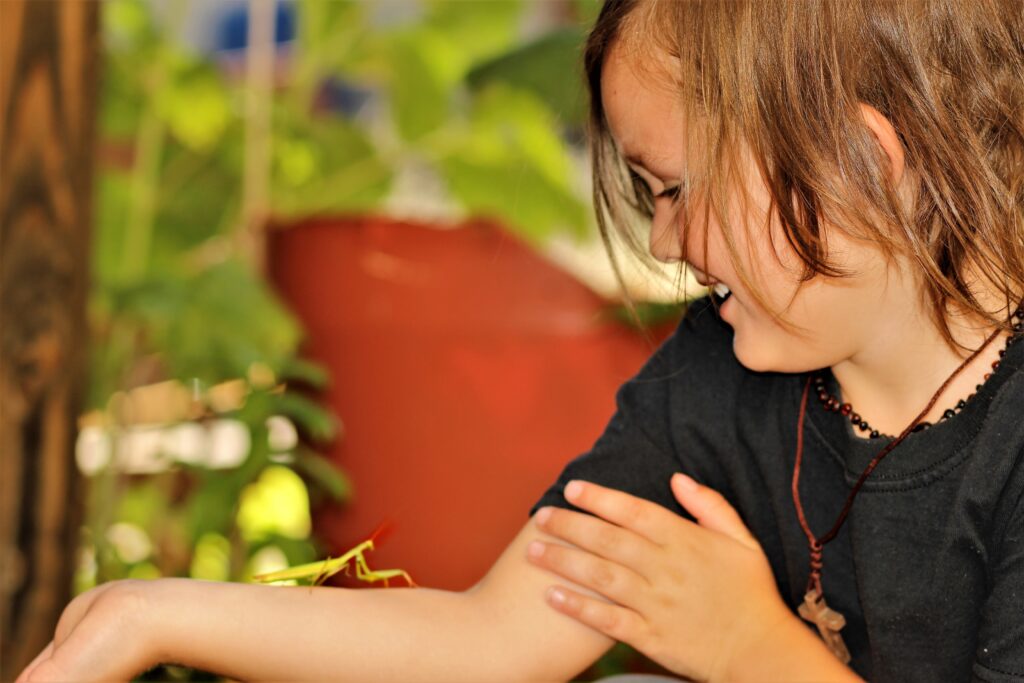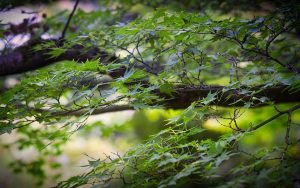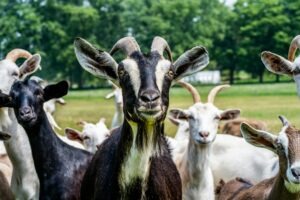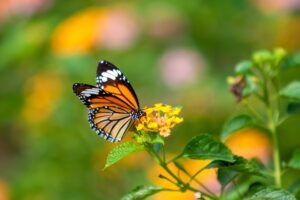
Kids love bugs! Whether creeping, crawling, fluttering or flying, insects are fascinating—and they’re a great opportunity to learn about the natural world as a family.
With Butterflies in the Garden on-going and David Rogers’ Big Bugs opening this month, now is a great time to interest your family in insects with some great books and easy home activities.
It’s fun to teach science and math fundamentals while learning all about bugs. For example, this website has instructions for building a caterpillar out of a piece of rope and a cut-up pool noodle. The activity is great for preschoolers and helps with counting and fine-motor skills. Plus you end up with a fun caterpillar toy.
Another idea is to build an insect sensory bin with cheap and widely available products. As well as exploring shapes, sizes and textures, you can use a book about insects or pictures printed from online to play a matching game.
For elementary age children, go on a Mini Nature Exploration. Mark out a one-foot square plot in your backyard or in a park. Get down on the ground and really study that patch of land. What do you see? How many types of insects can you find? Ask questions to your child about the shapes, colors and textures of what you see. Would you find more bugs or different bugs if you moved to a different location? This miniature nature hunt is a great contrast with Big Bugs and an opportunity to talk about scale and size.
Dozens of other art activities involving insects are available online. This site has several to choose from, including paper plate ladybugs, tissue paper bees and cupcake-liner lightening bugs.

The sculptures in Big Bugs are made out of natural materials including trees, branches and other forest materials. You and your family can make your own bugs, maybe not quite so big, out of natural materials in your own backyard. Can you find twigs for legs or leaves for wings? What ordinary materials could become the squishy bodies of caterpillars or the hard shells of beetles? With some glue, you could create your own gallery of Medium-Sized Bugs!
While you’re learning all about bugs, don’t forget to look for all of the great insect-related books available. This site has a long list ranging from picture books to chapter books all about bugs.
Your household will be full of aspiring entomologists before you know it!







